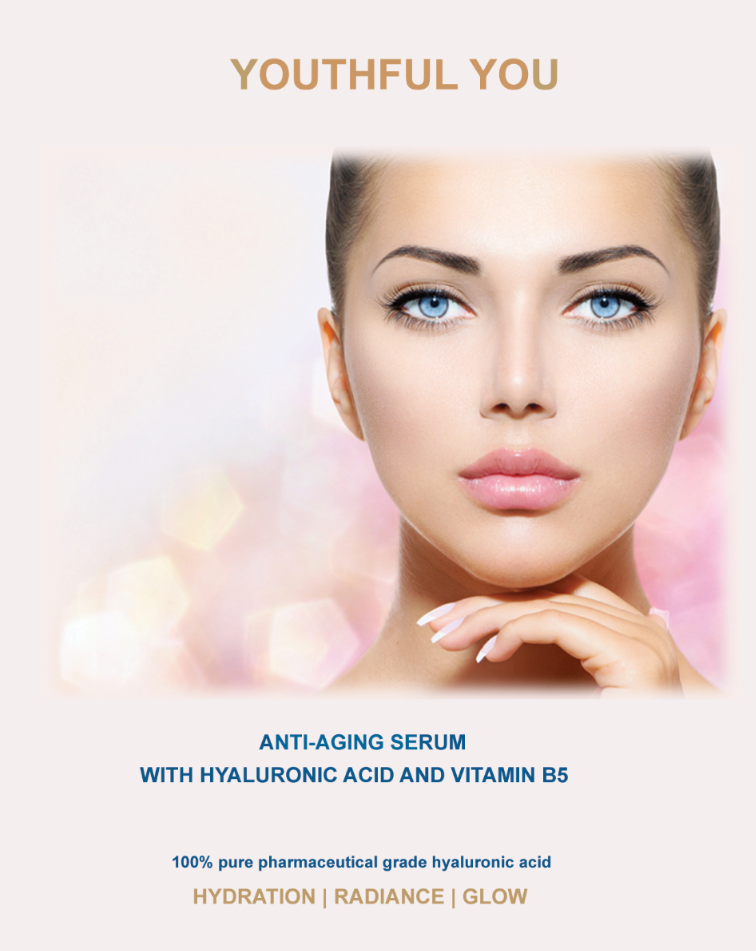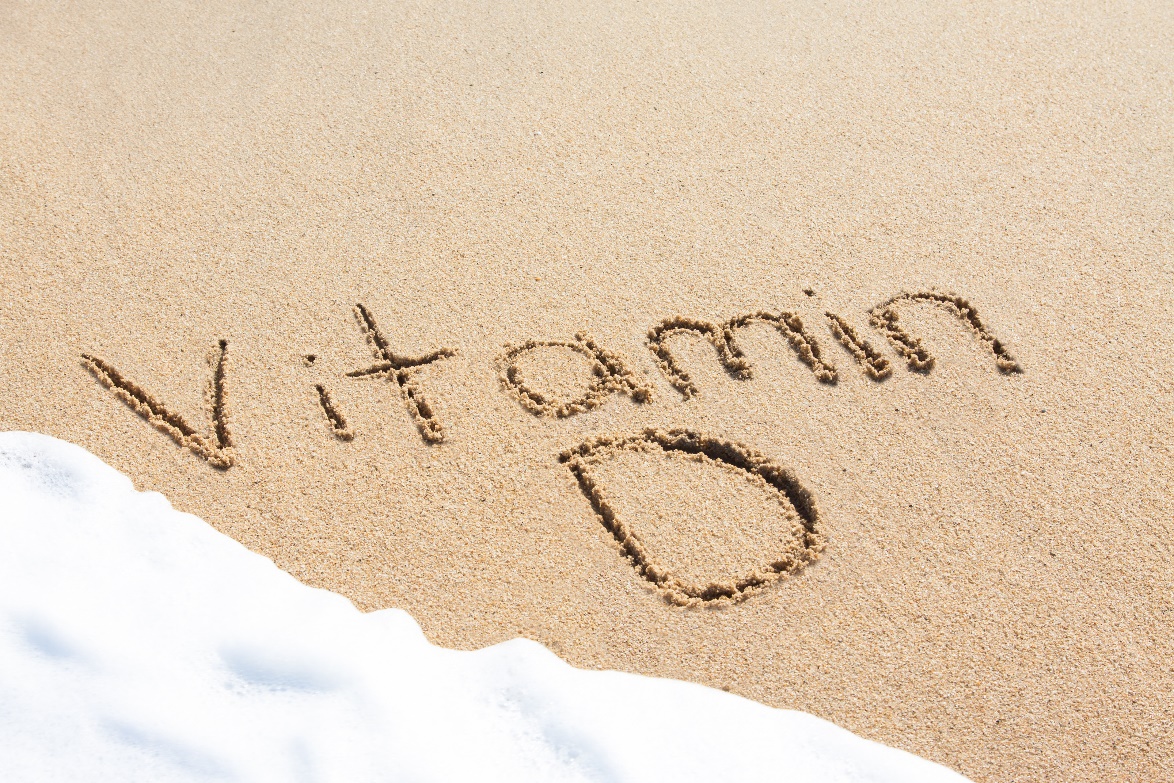Healthy and beautiful skin, sharp eye-sight and untroubled cerebration…
Human skin, covering the entire outer surface of the body, is the largest organ and is constantly exposed to sunlight stress, including ultraviolet (UV) light irradiation. The skin tissue is rich in lipids, which are thought to be vulnerable to oxidative stress from sunlight.
Squalene is a structurally unique triterpene compound that is one of the main components (about 13%) of skin surface lipids. For use as a cosmetic ingredient, it was commonly sourced from shark livers and more recently from plants such as olives, amaranth seed and rice bran.
Scientists as Kohno and others found, that squalene is a powerful scavenger of reactive singlet oxygen in the surface of human skin. Besides this effect squalene protects healthy and smooth skin against wrinkles by feeding and guarding important processes in the skin cells.
The unsaturated fatty acids of squalene plays also a crucial role in the moisture regulation of the skin. About 13 percent of our skin surface (skin lipids) is made of squalene. Truly one of nature’s great emollients, squalane is quickly and efficiently absorbed deep into the skin, restoring healthy suppleness and flexibility without leaving an oily residue. Squalane safeguards also a healthy fat metabolism and the oxygen transport to and from our skin.
Through the stimulation of a healthy digestion it provides us also with a healthy intestinal flora with a natural and regular bowel.
In a Nutshell this is what Squalane does to your skin
- influences the skin positively through a healthy digestion and an optimal intestinal flora
- intercepts through anti-oxidants free radicals in the skin
- stimulates a better blood circulation and nourishment of the skin
- brings the skin layers in balance and revitalise this important organ
- equalizes and regulates the metabolism from and to the skin
- improves the moisture balance and the elasticity of the skin
- creates a visible improvement of the skin structure
- protects partially against sun rays including UV-rays.
Can we ask for more?
Read More




